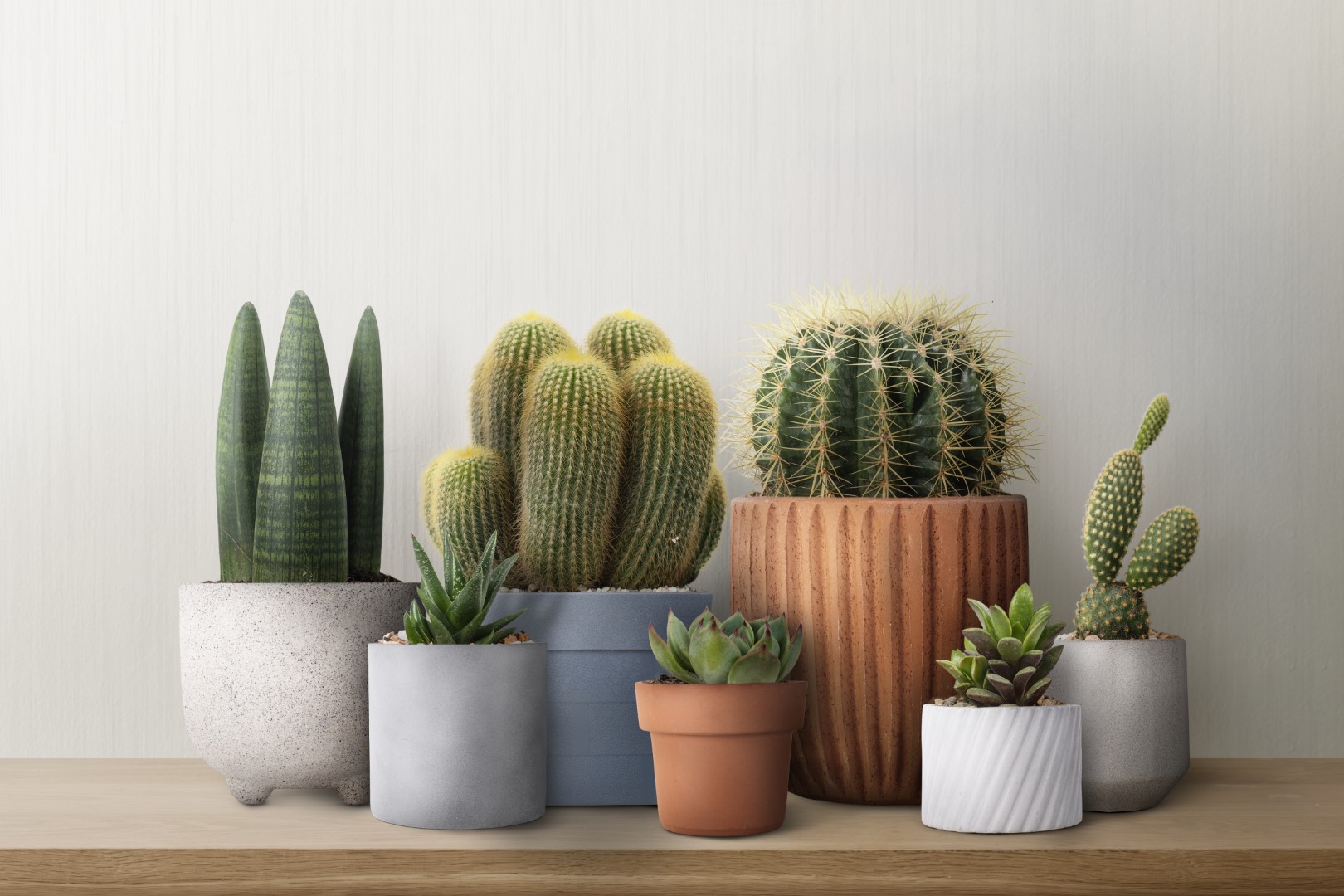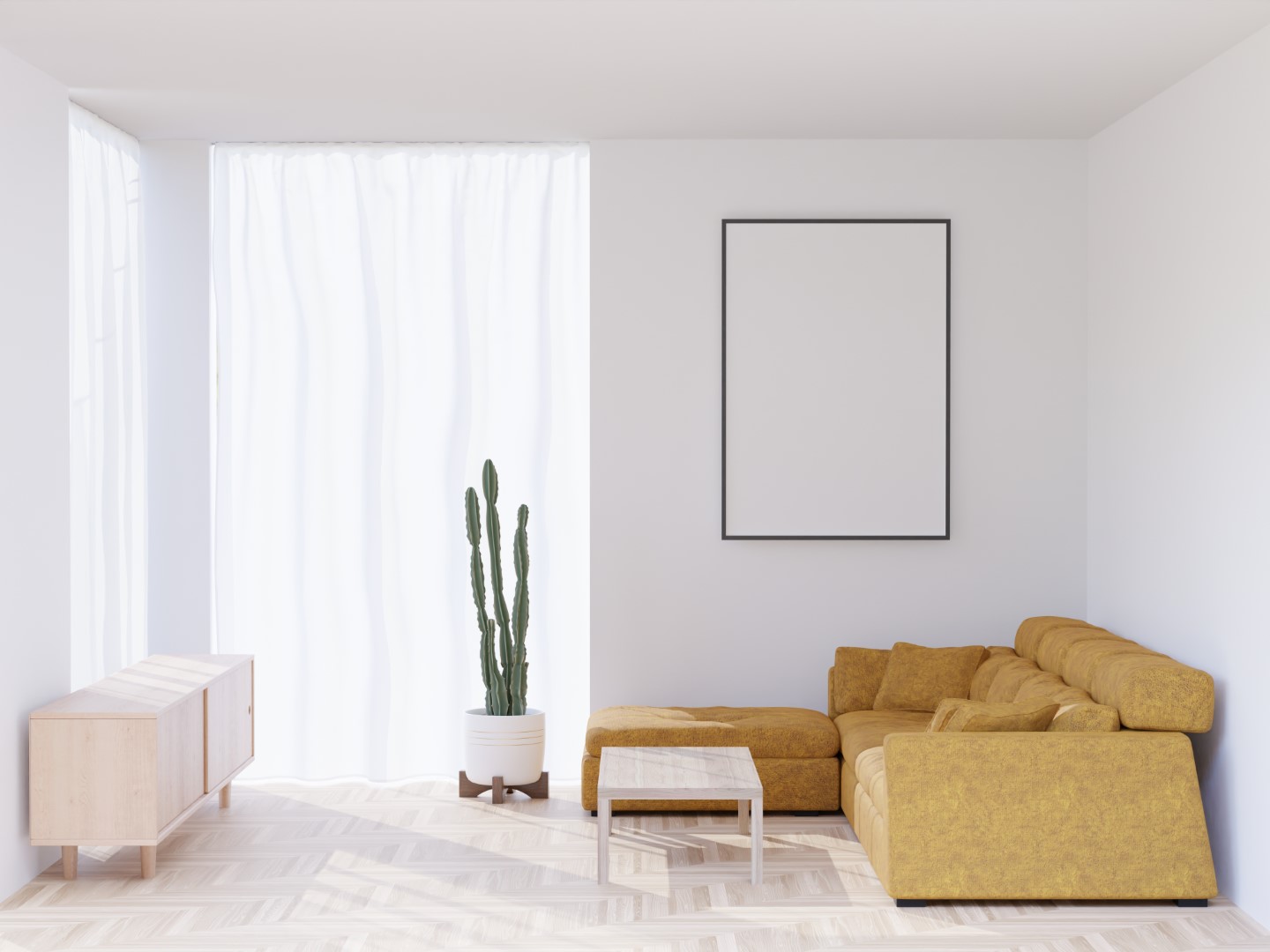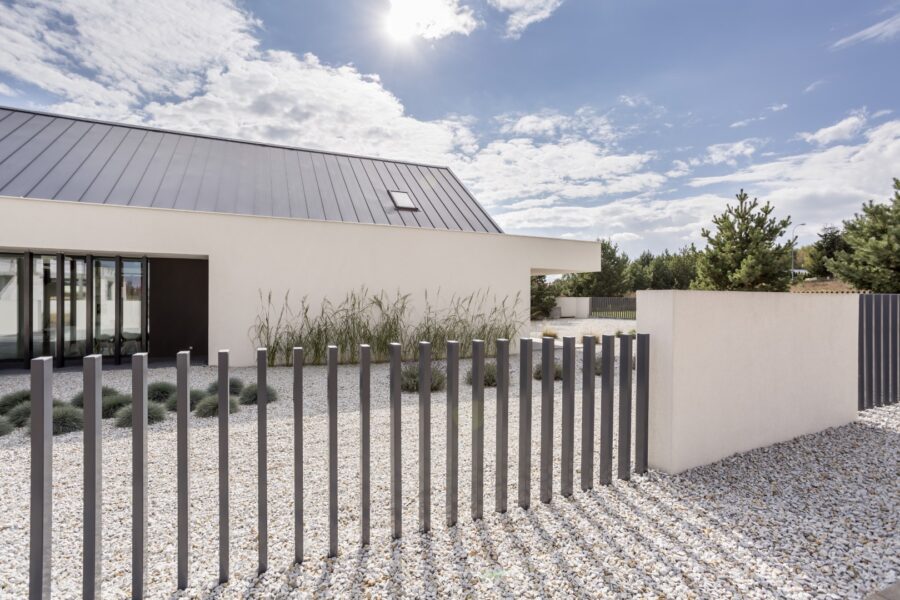The appeal of minimalist design lies in its capacity to introduce serenity into our bustling lives through clean lines, pared-down forms, and restrained color palettes. More than a mere design trend, minimalist decor is about maximizing space and celebrating simplicity. This aesthetic represents a lifestyle choice that values quality over quantity and functionality over frills. This article provides a step-by-step guide to infuse your living area with the unique sophistication that minimalist design has to offer.
Begin with a Clean Slate
Embracing minimalism starts with letting go of unnecessary belongings and clutter. It’s about deliberately choosing what to keep, not just identifying what to discard. With the bare minimum, focus on functionality and comfort. Decluttering doesn’t mean your living room should feel cold or uninviting, but it should feel spacious, airy, and well ordered.
Start by taking all items out of your living room. As you put items back in, do so selectively. Keep only those things that have a meaningful purpose or emotional significance. This process is not a one-time act but a continuous evaluation of what is truly essential.
| Quick Decluttering Tips: Start small, focus on one area at a time, and make “keep,” “donate,” and “discard” piles. Remember, the goal is to keep things that are necessary and that spark joy. |
Opt for Neutral Tones
The minimalist design favors neutral and monochromatic colors because they aid in maintaining visual consistency and evoke calmness. Color should remain secondary to structure in minimalist design. Shades of white, gray, and beige are common choices, offering a crisp, clean, and timeless aesthetic.
However, it doesn’t mean you can’t experiment. Want to make a warm impression? Consider adding elements in a harmonic wooden tone. If you seek modern sophistication, a touch of stark black can significantly enhance your space. You can also play with textures and patterns to break the monotony while maintaining a minimalistic palette. Just remember, simplicity speaks volumes in minimalist design.
Prioritize Function over Form
Precise selection of furniture plays a crucial role in achieving a minimalist aesthetic. The best approach is to identify the few pieces that offer the greatest functionality while aligning with your aesthetic. A comfortable, quality sofa, a coffee table, and perhaps a TV unit could be all you need.
Each furniture piece should stand on its own, adding value to your space. You must select pieces with simple lines, restrained shapes, and limited embellishments. Look for clean-cut, contemporary pieces made from natural materials, like wood or leather, to ensure longevity and timeless appeal.
| Minimalist Furniture Favorites: Clean-lined coffee tables, sleek sofas in neutral shades, low-profile media consoles, and functional side tables make for great minimalist pieces. |
Add Character through Texture Instead of Color
While minimizing color can be effective in achieving a minimalist aesthetic, it can sometimes lead to a bland and sterile environment. To avoid this, it’s important to introduce different textures that add visual interest and depth to the room.
Consider incorporating a variety of textures through fabrics, finishes, or accessories. For a tactful touch of luxury, a velvet sofa or a shaggy rug can work wonders. Better yet, the intentional use of architectural features like exposed brick, wooden beams, or paneled walls can amplify texture and character in your living room while staying true to the minimalist ethos. Always be conscious of maintaining harmony and balance in your choice of additional elements.
Invest in Quality Over Quantity
A noteworthy aspect of minimalist design is the emphasis on quality. The philosophy behind this is about valuing the items you own and ensuring they serve you well over time. Instead of filling your room with inexpensive, replaceable items, invest in fewer, better-quality pieces that can stand the test of time.
Opt for high-quality furniture with refined finishes and detailing. This adds longevity to your décor and ensures the appeal of your living room due to its sophisticated aesthetics. Equally significant, quality pieces often possess a timeless design to eliminate the need for frequent upgrades or changes, staying true to the minimalist principle of reducing excess.
Understand the Power of Good Lighting
Lighting plays a crucial role in creating a warm and inviting ambiance while also highlighting the minimalistic features of your living room. A well-lit room is cheerful and uplifting, so highlight natural light sources and supplement them with thoughtfully placed artificial lighting.
In addition to overhead lighting, incorporate floor or table lamps to create layers of light and shadow, adding depth and intrigue to your living space. Consider using dimmers to give you control over light intensity. Your choice of lighting fixtures should, again, follow the same minimalistic principles: keep it simple, sophisticated, and functional. Clean lines and metallic finishes that give a nod to modern elegance are ideal.
| Lighting Guide: Natural light is invaluable in any space. When supplementing with artificial lighting, consider a mix of ambient (general/overhead), task (reading), and accent (highlighting decor/art) lighting. |
Keep It Symmetrical
Balance and proportion are keystones in minimalist design. The proper distribution of objects and space is what creates a serene and harmonious environment. Aesthetic equilibrium can be achieved either by symmetrical arrangement or through a more dynamic, asymmetric balance in which different elements have equal visual weight.
Work with spatial relationships between furniture, paying attention to how each piece interacts with the others and the room itself. This could mean choosing a coffee table that complements your sofa in shape and scale or ensuring your artwork is hung at the right height relative to your furniture and the overall room proportions. Successfully achieving balance and proportion can result in a beautifully coherent and restful living area.
Incorporate Indoor Plants

Introducing elements of nature can breathe life into a minimalist living room, infusing it with warmth and vitality. Indoor plants add a pop of color and a gentle visual break from a clean, pared-down design while also boosting mood and indoor air quality.
Consider a potted orchid on a coffee table or a tall fiddle-leaf fig tree in a bare corner. If you want to keep it ultra-minimalist, succulents or air plants can be great options with their intriguing shapes and low maintenance requirements. Keep the plating and accessories minimalist by choosing simple plant pots in neutral colors that blend with your overall palette.
Clear Surfaces and Choose Simple Decor
A quintessential trait of minimalist design is the conscious effort to keep clear and unoccupied spaces. Clutter goes against the philosophy of minimalism, so ensure that you keep areas like coffee tables, shelves, and mantelpieces free of unnecessary items. This doesn’t mean they have to be completely bare, but their adornments should be thoughtful and selective.
Choose simpler, aesthetic pieces for your décor that add to the overall design of the room without overwhelming it. A beautiful vase, a stylish clock, or a minimalist wall art piece can make a more powerful statement than a plethora of tiny trinkets. Additionally, make use of hidden storage solutions to keep remote controls, magazines, and other everyday items out of sight to maintain an uncluttered appearance.
Use Lines and Bare Spaces for a Unique Visual Effect
Utilizing lines and empty spaces is a powerful technique to enhance the minimalist ethos. Sharp, clean lines lend a crisp, fresh aesthetic, while open spaces create an impression of calmness and tranquility.
The lines can be in any form — the edge of a furniture piece, a stack of books, the way curtains fall, or even the architectural lines within your room. To break up larger open spaces, consider using rugs or furniture arrangements. A balance between occupied and free spaces will aid in maintaining visual interest, depth, and a dynamic in your minimalist living room.
Embracing the Transformative Power of Minimalist Design
| Minimalist Mantra: Keep in mind the core minimalist principles: simplicity, functionality, and purpose. Removing clutter and focusing on essentials contribute to a serene living space where every item has clear value. |
Embracing minimalist design principles can completely transform your living room, lending it a calming, refined aesthetic devoid of clutter. Remember, behind every piece of furniture, decor, or empty space, there should be a thoughtful decision. The end goal is to create a space where every item has a purpose and contributes to a harmonious and serene atmosphere. Enjoy the journey of embracing less but better in your living room design.
Discover more from Futurist Architecture
Subscribe to get the latest posts sent to your email.



